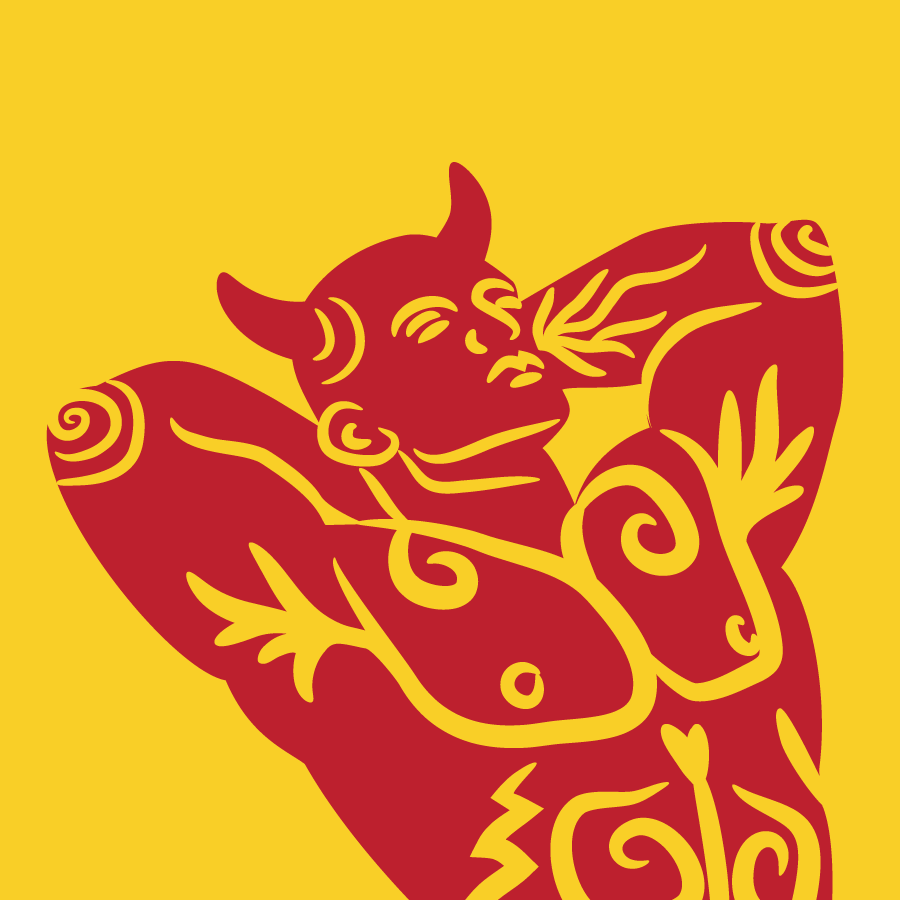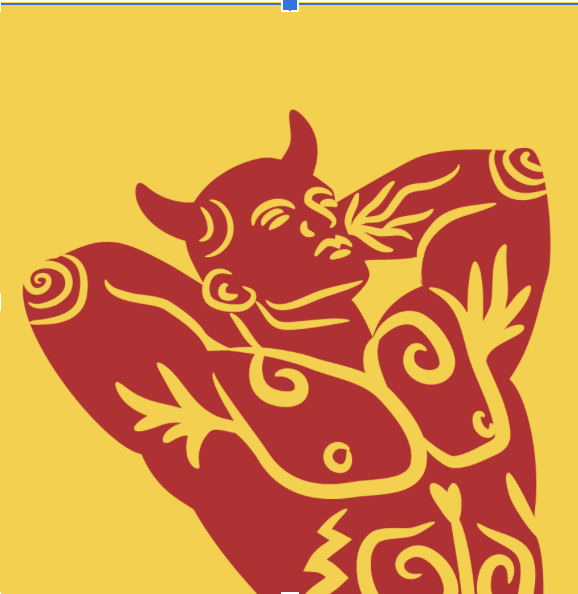
Casa de Duende commissions, curates, and produces art exhibitions and performances with contemporary artists which focus on the social relevance of art and art making as a tool for questioning the meaning and role of art and the artist in contemporary culture. Through a collaborative process between artists and communities we are dedicated to presenting socially relevant art that addresses critical contemporary issues. Casa de Duende presents artists as insightful social critics whose products transform the language through which we view, hear, see, and come to understand our world and ourselves.
Casa de Duende views art as a creative process unlimited by form or medium. We seek to explore this creative process through collaboration with artists, filmmakers, curators, art institutions, galleries, cultural centers and communities.
Vision Statement
All movements for social change embody an artistic sensibility which inevitably rallies artists to their cause. This process re-frames, transforms and changes the socio-political discourse (at least in part), through an aesthetic lens: a conversation between individuals and communities informed by art and art making. Casa de Duende takes this as the starting point for examining the creative process that occurs in the collaborative dialogue between artists and their communities. We are dedicated to giving artists a platform for socially relevant work and to expanding a discourse between artist and community, between creator and audience.
Duende is a fairy- or goblin-like creature in Spanish and Latin American folklore. Duende was first used by Federico Garcia Lorca as a theoretical concept to denote artistic inspiration in his seminal and important essay on artistic inspiration "Theory and Play of the Duende". (Composed and delivered in both Havana and then again in Buenos Aires at a lecture to the Sociedad de Amigos del Arte in 1934.)
Lorca's theory departs from most western concepts of divine inspiration such as the Greek Muse or the German "Daimon", to posit artistic inspiration as innately tied to the soil from which it rises, enters the body and is given expression. While Lorca uses the bull fight, Canto Jondo" (deep song), and the blues in the United States as instances to illustrate the Duende's manifestation, Duende encompasses an earthy concept of divine artistic inspiration from which all art is born. To have "Duende" is to have soul!
David Acosta, Artistic Director
Casa de Duende is supported by a grant from the Philadelphia Cultural Fund & the Philadelphia Foundation Edna Andrade Fund.


